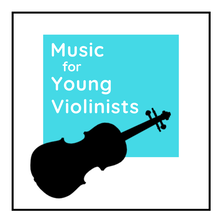|
Counting stones for practice jars are an easy, quick and economical gift to make for your students and will help a musician of any level stay organized and goal oriented in their home practice. Above is a picture of a counting stone practice jar from a batch that I recently made and shared with the teenagers in my studio as a Christmas gift. I purchased the stones and beads from my local Michaels Craft store. To use the counting stones for practice jar the student removes the stones from the jar and places one back in the jar for every repetition they complete to satisfaction. Since I believe it is important to use both singing and visualization when doing repetitions I used a variety of stones to emphasize my teaching values. The special stones (or beads) that are different looking can be used to keep track of these non-violin repetitions and create a sequence. For example, a student could place the stones on their music stand in a specific order that represents 2 violin play thrus and 1 sing thru, 2 violin play thrus and 1 sing thru, etc… Practice counting devices like this help musicians keep track of their repetitions without having to log the numbers in their head. This frees up mental space so they can more fully concentrate on their musical goals. Also of benefit is using the left hand to put the repetition stone back in the jar which will give a much needed muscle release to the body so that tension does not accumulate. Watch a video using counting stones: How do you help your students accomplish repetitions in their home practice? Please share in the comments below.
8 Comments
The Violinist Athlete and Injury Prevention with Dr. Victor Lin Dr. Victor Lin, is physiatrist with the Rehabilitation Medicine Associates of Eugene, gifted educator and parent of a talented young violinist. He created this concise presentation The Violinist Athlete and Injury Prevention specifically for teenage violinists to inform them about the potential injuries violinists are prone to getting and to offer solutions for preventing these injuries. I suggest making these videos a required viewing assignment for any of your teenage students who are practicing more than 1 hour a day to help them have healthy and long violin careers. This 2 part presentation can be viewed by clicking on the video links below along with a summary of the contents. The Violinist Athlete and Injury Prevention, Part 1:
The Violinist Athlete and Injury Prevention, Part 2:
The "chinrest" is really a "jawrest."
This terminology can confuse young violinists and their parents in the beginning. It is useful to point out this discrepancy so that the violin posture is not inadvertently misinterpreted during home practice.
For a young violinist having difficulty integrating the words "down" and "up" into their playing consider substituting with the words "open" for down bows and "close" for up bows. Since the bow moves in lateral directions left and right the actual words "up" and "down" do not correlate with the motions and can be confusing to a young violinist and their parents during home practice.
Words like "high" & "low" are confusing to beginning violin students while still learning how to play the instrument because these words are associated literally and do not yet connect with pitch vibrations.
Consider altering your instruction to be a description location like "closer to the bridge (or nose)" and "closer to the scroll" instead for more efficient results in the initial stages of learning these distinctions.
I have a magic bag. When I put something in this “magical” bag it makes the object grow into a larger version of itself. For example, if I put a miniature notebook into the magic bag, I get back a large notebook. I started this trick in my teaching to help with review of the *Blue Jello (set 1) rhythm cards. I wanted to fortify this foundation of fundamental rhythms before we learned the second set of this rhythm card series. The Blue Jello (set 1) cards happen to come in both a small and large size which naturally led to this playful idea. This simple trick for reviewing first year material turned into a very captivating way to begin a class and my students never even realized we were doing review.
As the school year went on I realized that the magic bag was more than a way to enchant my students into doing review and actually a metaphor for the learning process. When we come to class our knowledge is small and when we leave class it is bigger - this is the wonder of the learning process. As I realized this parallel I began to state it to my young students so they could be aware that they were growing and be able to feel empowered by this incredible process. I believe that learning and the growth that occurs along the way is one of the most satisfying experiences we can possibly have in this world. The magic bag helps us conceptualize the true magic of the learning process while having fun along the way. I also did this intentionally to plant in my young students an identity of being a learner and a student. If you have not already read the book The Talent Code by D. Coyle, I highly recommend it for several reasons. One of the reasons I recommend this book for educators and parents is to learn about the incredible studies that have been done correlating identity to success. In the video below I first share a brief view of how the magic bag works, the concepts and reasons behind it and then a clip of me using my magic bag in the classroom. In this video I reference the importance of mindsets - for more information on this I recommend Sal Khan's article The Learning Myth: Why I'll Never Tell My Son He's Smart. I also reference the power of identity - for more information about this and to learn of some compelling studies involving learning and identity I recommend reading D. Coyle's book The Talent Code. * To learn more about Blue Jello Cards rhythm cards and the Music Mind Games music theory curriculum click HERE. A "hack" is defined in the urban dictionary as: A clever solution to a tricky problem. As violin teachers (or parents of young violinists) our technique development can all be categorized as tricky problems so here are a few photos of "hacks" I have used in my studio to offer solutions for my students. For more, please visit the Violin Hacks & Bow Hold Helpers page. Summer music programs were a highlight of my childhood and now that I am a violin teacher I see first hand how they powerfully impact the students in my studio. Concentrated environments like a summer music institute (or camp) provide a synergistic effect with multiple influences coming together in a special location, intense schedule and within a community of like minded individuals. It is no wonder why a student is able to so easily achieve breakthroughs with this type of support. I asked a mother-daughter duo from my studio to write about their experience doing a summer institute last year. Reflections from Joanne (Violinist) Age 13: Northwest Suzuki Institute was a wonderful experience for me! I learned so much not only about just Suzuki music but much more! This year NSI was for one week and every day I had seven classes to attend. My first class was Instrument Care in which I learned a lot about how to take care of my instrument and make it last longer! In this class there were a lot of "hands-on" activities a like changing your own string on your instrument! The class was taught by Rafael Videira. I liked him a lot and thought that he had a great sense of humor which makes everything a lot more interesting! My next class was my Group Class which was taught by Shelley Rich. She is very energetic and makes the music we play together very fun! At NSI there are various group classes depending on your level. My next class was Fiddle Class. Fiddle Class was taught by Gail Acosta, and I loved the way she made the music work for everyone of different ages! After Fiddle Class I had my Masterclass. Everyone at the camp is required to take a Masterclass everyday. In my Masterclass my teacher was Lillie Manis. Masterclass was nice because It was only with a couple of kids (in my Masterclass there were three kids including me) so we each get one-on-one time to work on our most polished piece and the technical things within it! It's like a mini lesson! My last class of the day is the Rhapsody Orchestra. There were two orchestras this year and I was placed in the Rhapsody Orchestra. The instructor was Dr. Dijana Ihas. She was amazing and before I went to NSI, Ms. Heather told me that she was very talented, nice, but strict. At the camp I found out that all those were true. I very much recommend Dr. Ihas because she was very professional and took every minute of out time very seriously! We got a lot done in four days and were able to preform our piece, the Hungarian Dance No. 5, like professionals! Overall I feel that NSI was the best thing that I have done this whole summer! To be honest I was a little nervous before the camp, but when I went, I quickly adjusted because everyone there is very nice and creates an environment for you so you feel like everyone cares. The only thing that can create a little inconvenience for the parents that work in the summer is that parents have to stay with their child the whole day or ask another parent to be responsible for the child. Northwest Suzuki Institute is just really worth it and I recommend it to all and I am very positive that I will go back again next year! Reflections from Hong (Mother of Joanne)
I am writing to express my high level of satisfaction and enthusiastic support for the NSI string camp my daughter Joanne attended this summer. The camp was well organized and had an exceptional professional music staff, and was executed in a friendly, competent manner. Joanne thoroughly enjoyed the experience and benefited from it immeasurably. Everyday, Joanne participated in a group lesson, a master class, orchestra practice and other music enrichment classes where she learned how to care for her instrument and fiddle music. The classes are split into different levels for violinists so that the kids can get the most out of the experiences. Our favorite part of the camp is the master class where Joanne and two other kids work with one teacher on violin techniques. Although she had been playing violin for almost five hours during the day, she was still very excited to practice the assignment she got from the master class. The teacher uses simple pieces from earlier books to help Joanne improve her violin position, bow holding, and arm movements. It's surprising for me to see how much she grew within a couple of days. She left the camp charged to continue improving her technique throughout the year. She has also made a lot of friends. Some of them live in Eugene (Oregon). Others came from California and even Canada. I myself have learned so much from the parent class, interacting with other parents who are equally crazy about music, and from getting to know my daughter and her music. It is truly a very unique family experience that we have already made the decision to come back to explore further next year. LARGE PRINT Music for Beginning Violin is a 21 page digital download that includes 17 popular folk tunes and 3 beginner level scales.
This is the perfect collection for the young violinist (aged 4-7) who is just beginning to learn how to read music. The large music font makes it easy to see notes and was formatted for plenty of room to write in. Once purchased, teachers and parents can print out as many copies as they like for multiple educational uses. As a teacher myself I know that I sometimes want to revisit pieces and write in pitches or fingerings. I also love using color with my students and having multiple use copies with this digital download format gives me versatility and creativity in my teaching. The scales and beginner level pieces included in this collection were chosen because they complement the foundational skill set established for a student who is at the Suzuki Violin Book 1 level but are also appropriate for any young beginner. I owe a special thanks to my precious young violinists over the years who have taught me what pieces light them up and keep them invested and working hard. Popular tunes like Jingle Bells, Happy Birthday and the Itsy Bitsy Spider Song are pure violin teaching gold for teachers working with young students. Happy Music Making! The brain is not a container that we dump information into, the brain is a problem solver. One of the most powerful ways you can work with your children and students is to use questions. 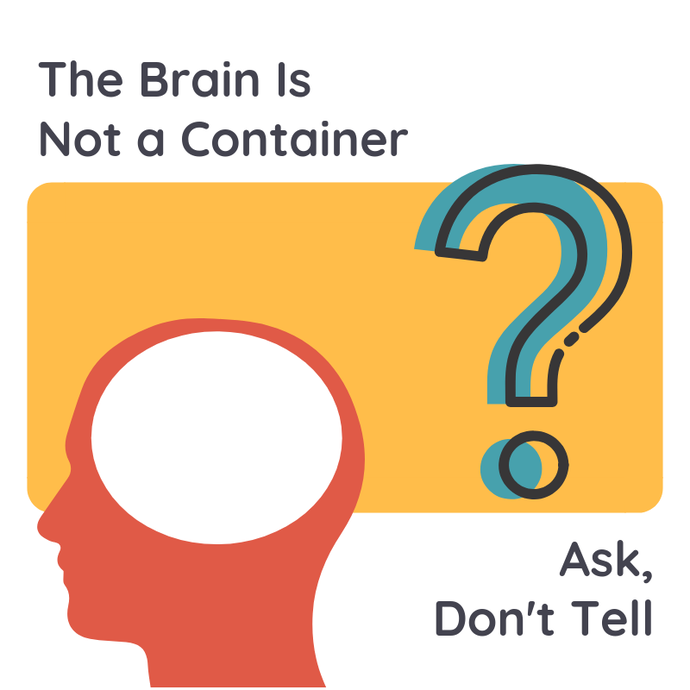 When we ask the brain a question, the brain will search for the answer. Understanding this explains the phenomenon that happens when you run into someone you know at the grocery store but can not remember their name. Later when you are falling asleep your brain remembers their name. That is because you asked your brain a question and although it took several hours to answer, it was diligently finding the answer for you. This philosophy of “Ask, Don’t Tell” is one of the cornerstones of my teaching. It does not matter if the student accomplished the goal, it matters if they know that they accomplished the goal. We may enthusiastically exclaim “Good Job!” when a student has successfully achieved what we were aiming to convey, but we do not know if they were aware of what they accomplished - this is where questions come in. Questions both create awareness and are using the brain as it is intended - to solve problems. Since we only see our students briefly once a week, it is imperative that we set them up in a way that they know how to work when they are practicing by themselves. Questions are a powerful tool to help us create students that are aware of and able to use their time best when practicing at home. Below is a short clip from my parent talk "Creating a Culture of Success" that goes into more detail on the concept of "Ask, Don't Tell." In a world full of violinists, with a staggering amount of talent, violinist Searmi Park stands out. Searmi (pronounced Say-ah-me) is the new concertmistress for the Eugene Symphony (Eugene, Oregon, USA) and was recently a featured soloist performing the Barber Violin Concerto in November 2014. Her incredible precision, focus and distinct style of expression leave a mark on all who get to experience her. She is a captivating artist and performer and the buzz of the town. I was fortunate to have the opportunity to do a short interview with Searmi to glean some insights for myself and my violin teaching studio and here is what I learned. How Did You Learn to Express Yourself? Searmi illustrated her philosophy with how she prepared for her recent performance of the Barber violin concerto. Although the opening of this concerto is one of the easiest technical parts of the piece to play, it was also one of the sections that she practiced the most in order to capture the desired expression she visioned. As explained in the book *The Little Book of Talent by Daniel Coyle, every skill falls into one of two categories: hard skills or soft skills. This is significant because hard and soft skills require different training and operate in different parts of the brain. In short, for violinists, hard skills are technique and soft skills are things such as performing and expression. As teachers, this is an important distinction for us to be aware of and balance in our studios. When we teach the violin, we may neglect emphasizing training the soft skills of expression and performing because our instrument requires so much hard skill technique. The success of Searmi’s approach to practicing expressing herself and to practice performing reminded me of the need to include this in my teaching curriculum so that I can best help my students. *The Little Book of Talent by Daniel Coyle is an accompanying book to The Talent Code also by Daniel Coyle. The Little Book of Talent breaks down the ideas of The Talent Code into 52 concise explanations and applications. Regarding “Talent” Any of you who have read the book Outliers by Malcolm Gladwell or the above mentioned The Talent Code are aware of the 10,000 hours research. This research concludes that mastery of any skill needs at least 10,000 hours of practice to ingrain and synthesize patterns into the muscles and mind. Many professionals, like Searmi, estimate their actual practice time significantly higher than 10,000 hours.
Public Speaking Teaches Performing “The violin is your voice” Searmi feels that it is important for a musician to be able to speak well in public. Through the process of learning to speak in public a person gains skill for performing on their musical instrument and builds their confidence. She said that if she had a teaching studio, she would incorporate the component of public speaking as a part of the curriculum for her violin students to better learn how to present themselves in public. On being a Yogi and Athlete: In addition to pursing music, Searmi has deeply dedicated herself in other disciplines. Encouraged by her college violin teacher and mentor, Mark Kaplan, Searmi started practicing yoga in her early 20’s and has since completed yoga teacher training. She loves the mind-body awareness that it gives her. Yoga literally means “yoking together” the mind and body. As violinists, the body is our first instrument and establishing a relationship of awareness with the body is a way to optimize the way we play our violins and keep ourselves healthy. My first violin teacher always emphasized how special yoga was and famous violinist Yehudi Menuhin has also been a strong advocate for complementing violin playing with a yoga practice. Searmi has also run a few marathons to date and is currently training for an ultramarathon in 2016. When asked about how yoga and running tie into her violin playing she remarked that she likes to take something as far as it can go with everything she commits to. These activities provide balance in her life and running and yoga are like practicing violin she says - “a mental game.” She shared how when working on the Barber Violin Concerto, she began at quarter note = 90 and metronome crawled her way to 192. This is the same way an athlete would train and the same way a beginner learns a new piece of music. It is a fundament to the work we do as educators and musicians and even those at the concert artist level. Advice for younger musicians: “You can learn to say anything with your playing at any level, but the harder you work the more you can express yourself.” I loved that Searmi kept coming back to the same message of emphasizing the importance of hard work and that it is thru one’s personal effort that we achieve our results. We know thru recent developmental psychology how important it is to praise the effort (i.e. the hard work) and not the result since this gives children a mindset for success that they can carry with them their whole lives on all things that they pursue. Searmi also emphasized that “violin playing is hard but it is so rewarding” which I believe is also an important message for our children. Many things in life are of value for the meaning and self awareness they bring to us and I believe that playing music falls into this category. Parenting: Searmi does not classify herself as a strict parent but teaches her children that they can do whatever they want with their lives and emphasized that children learn by example. Her consistent modeling of discipline in preparing for performances and maintaining her health and well being thru her yoga practice and long distance running set a clear example for her children of what is possible to do with one’s life. She also consistently came back to the same message in this interview that there is no secret to talent but that achievements are the result of hard work. Summary: Searmi walks her talk and has a relationship with her life that holds the boundaries of human potential as exciting, possible and rewarding. She has used her discipline and years of hard work to achieve her dreams and an incredible level of greatness in multiple realms. We wish her continued success in all areas of her life and are grateful for her insights here and the gifts she brings to this world. Let's connect and inspire each other on Pinterest! Music for Young Violinists is happy to be joining Pinterest - a virtual bulletin board. I will be posting unique violin and music education-related items that are complementary to the posts and resources on the Music for Young Violinists website. I will frequently update our board with:
What exactly is Pinterest? Pinterest is a virtual bulletin board. Your Pinterest board fills with images of your specified interest from people from around the world that you follow. Many music educators are now using this modality to share ideas about teaching, practicing, inspiration, and humor. |
Categories
All
Archives
February 2024
AuthorHi! It's me, Heather. I absolutely love working on the Music for Young Violinists project and all the many facets: blogging, website, music, teaching materials, freebies, videos, newsletter and giveaway contests. The best part is connecting with you so feel free to drop me a line. You can learn more about me on the "ABOUT" page. Thanks! |
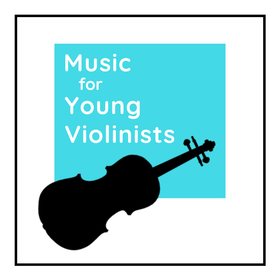
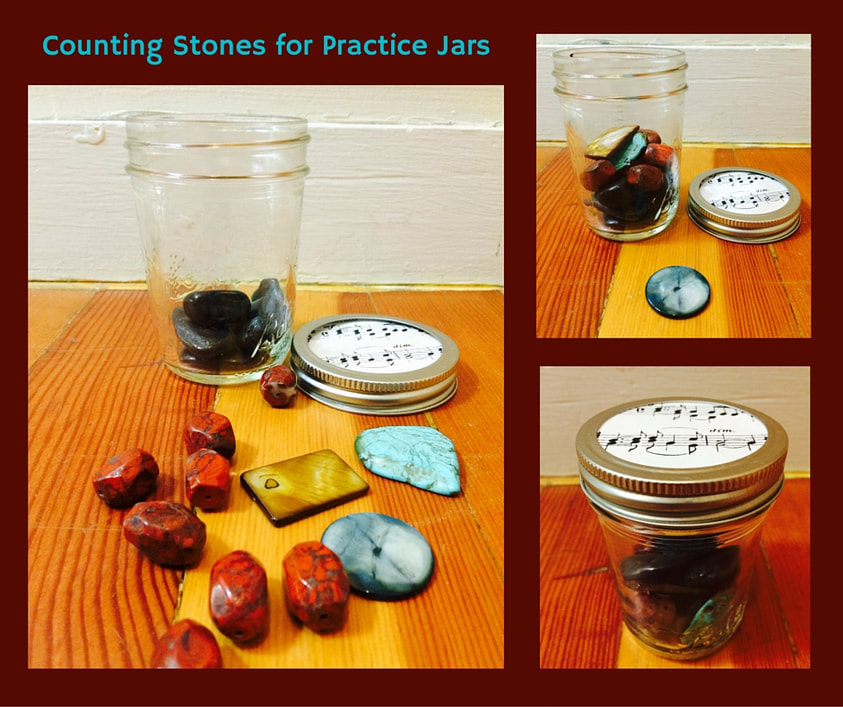
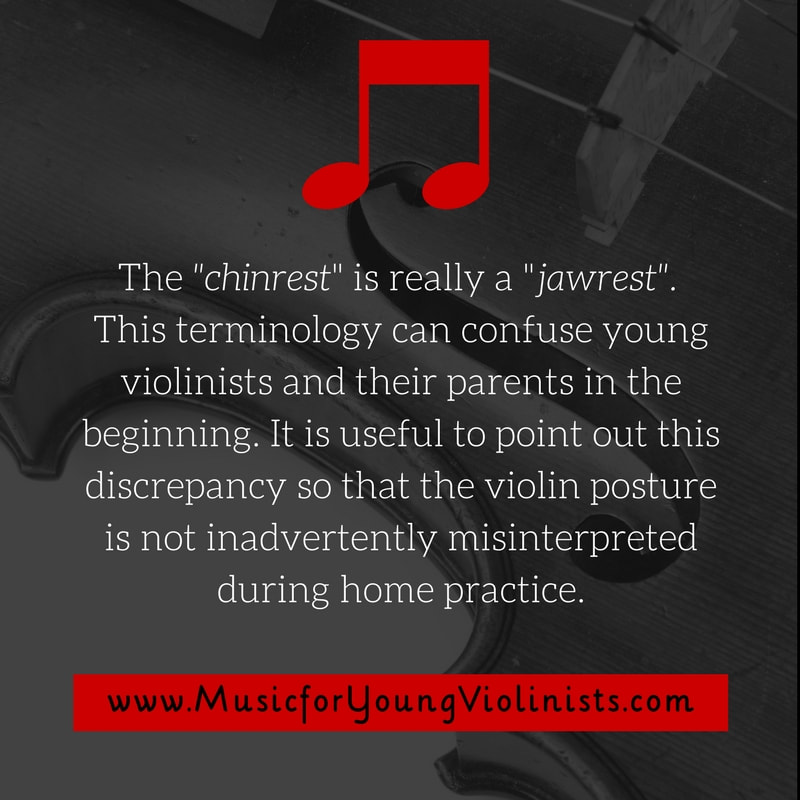
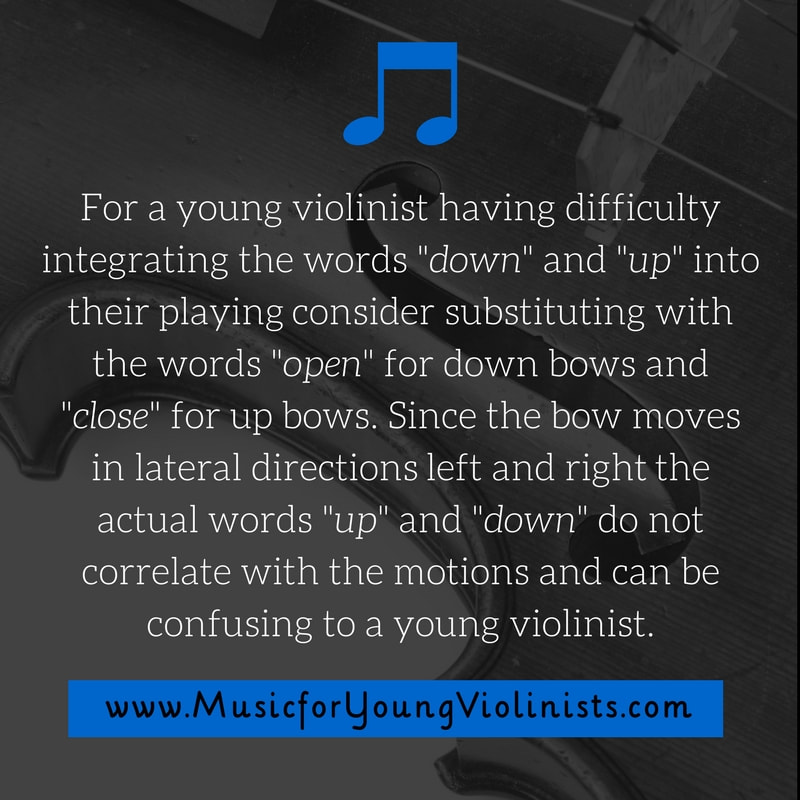
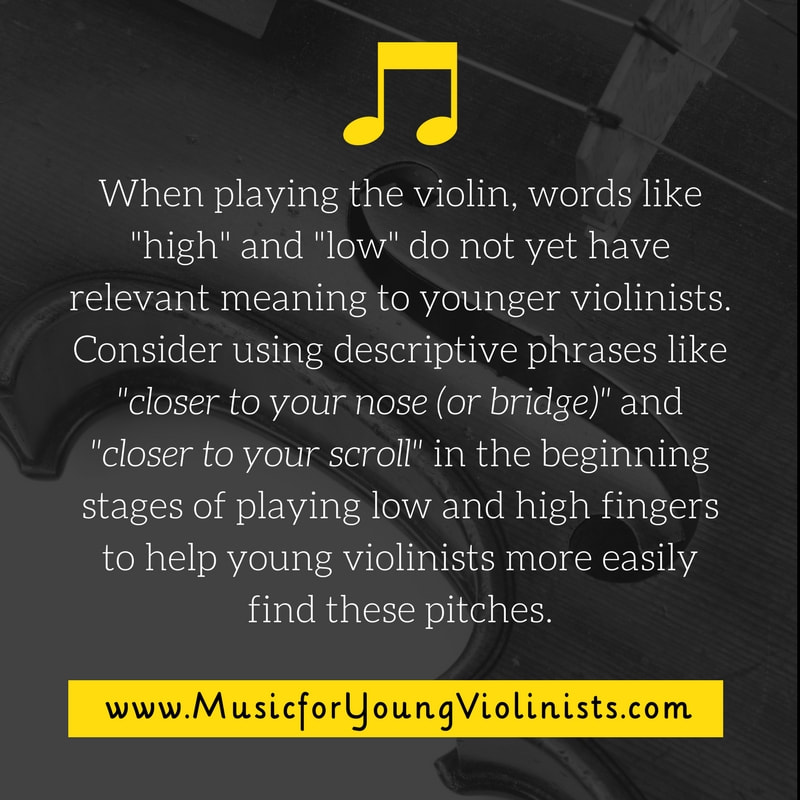
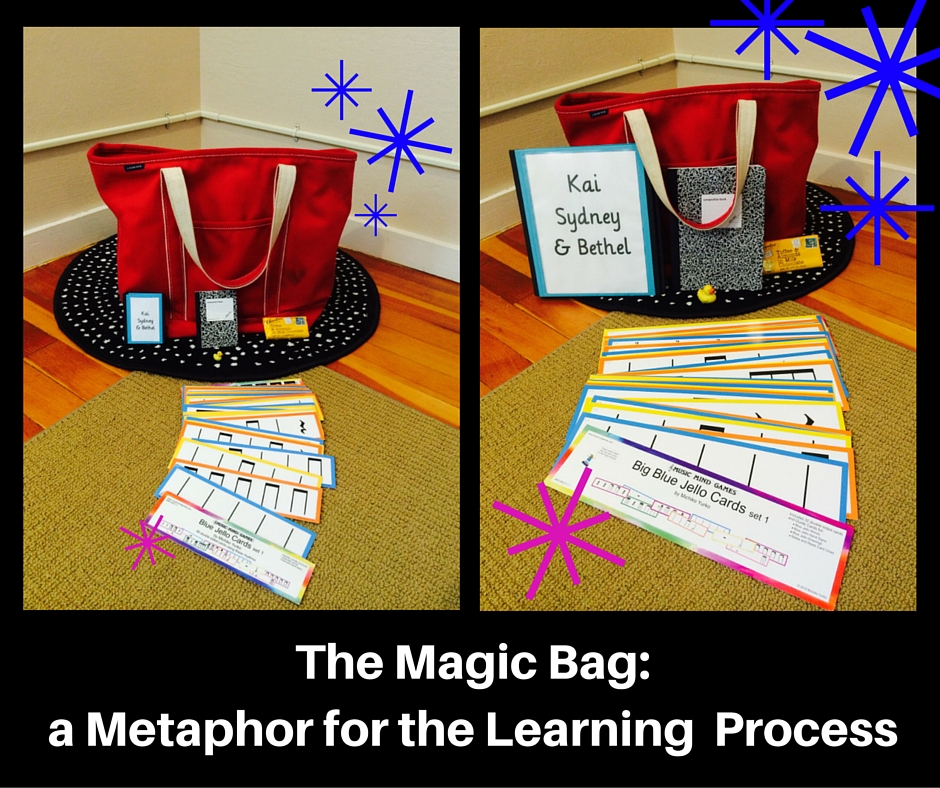
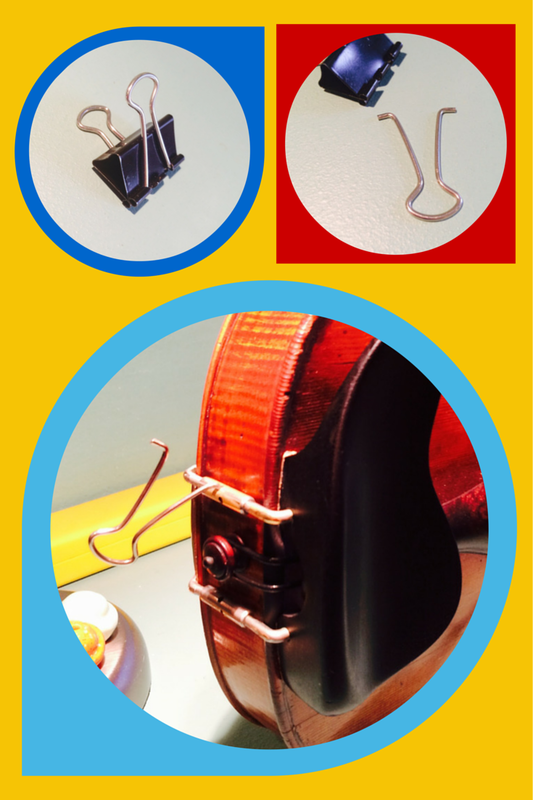
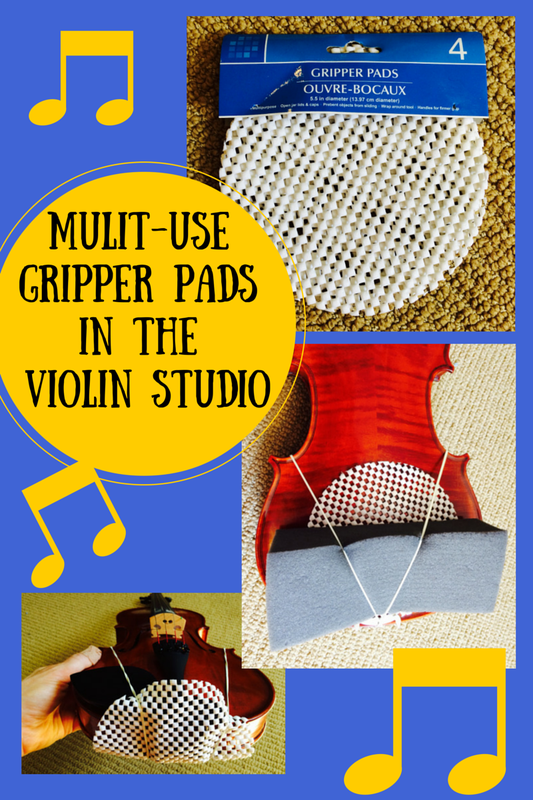
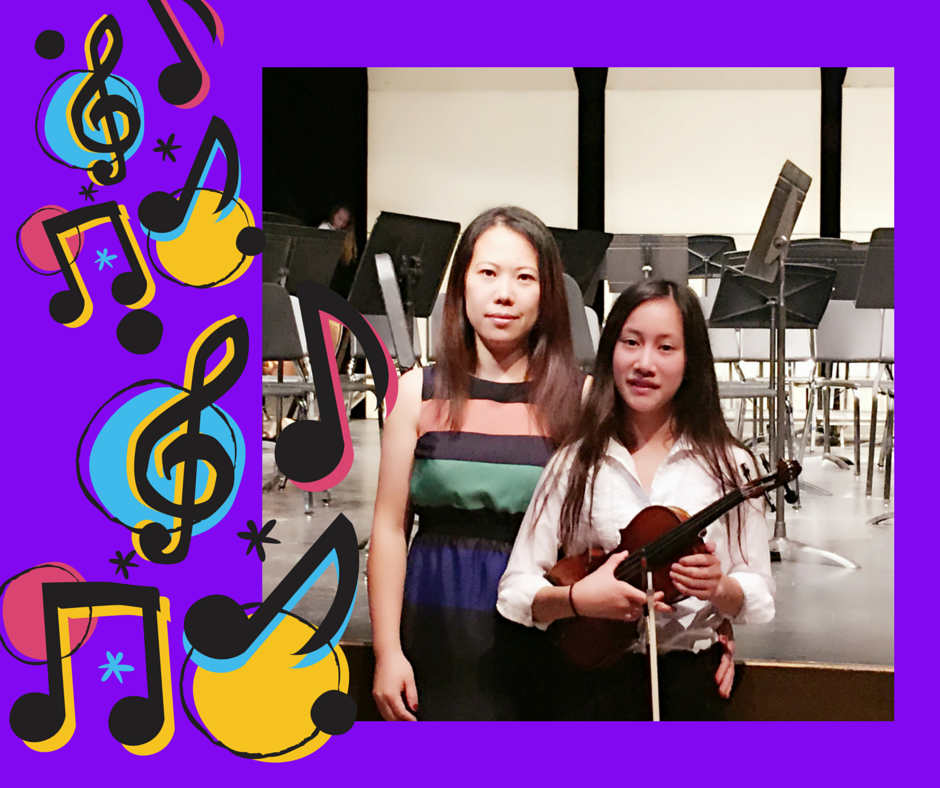
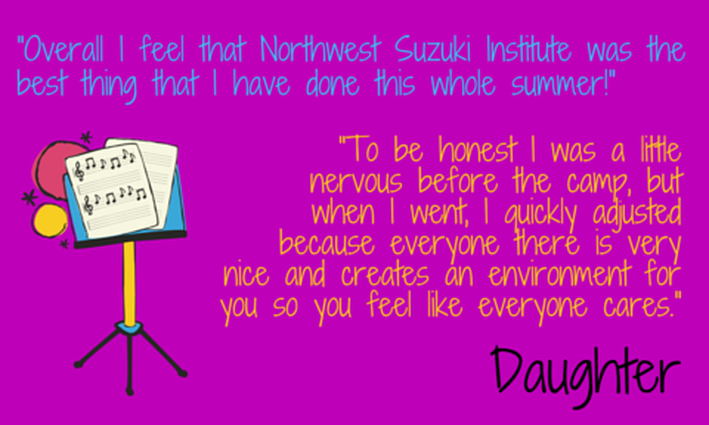
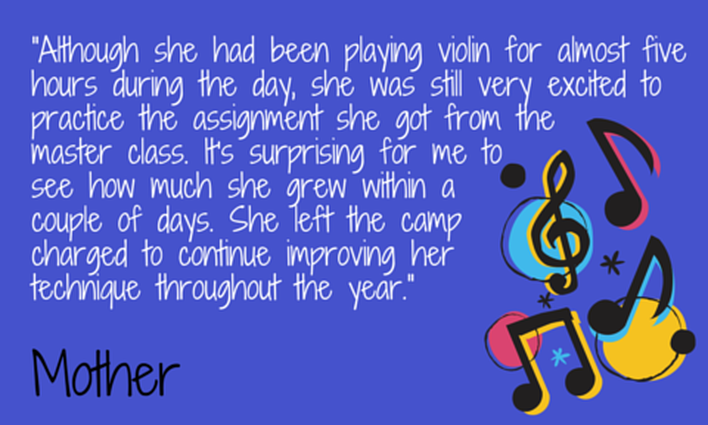
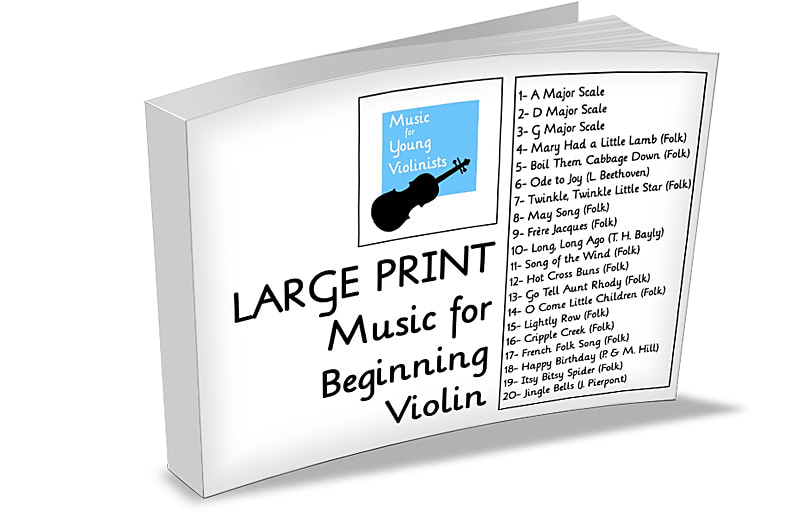
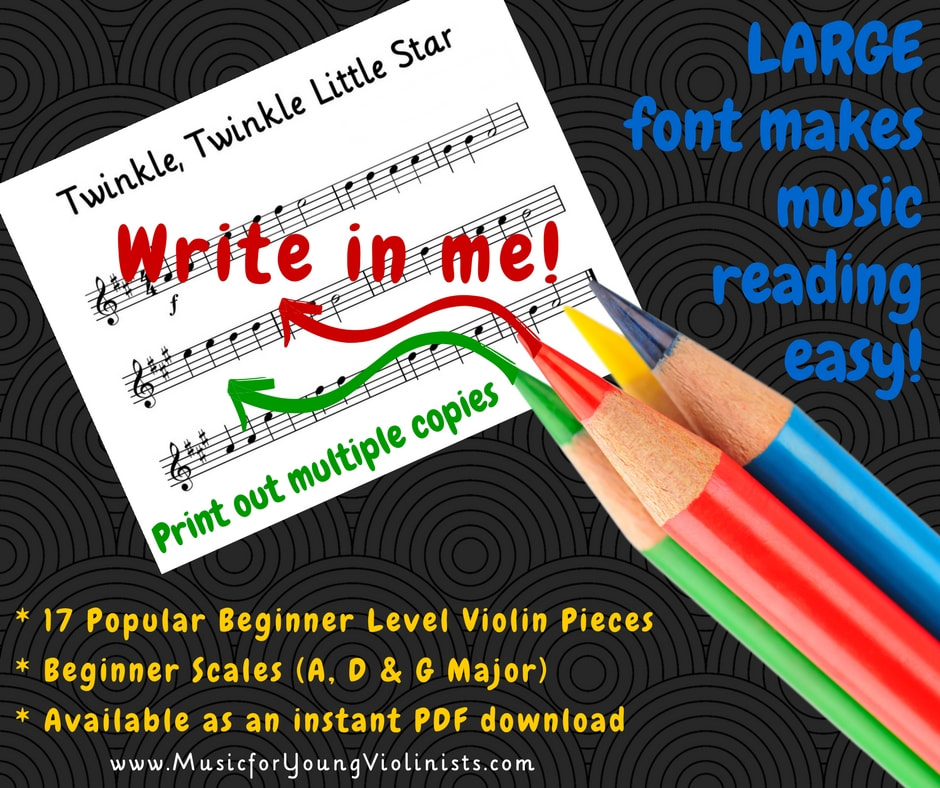
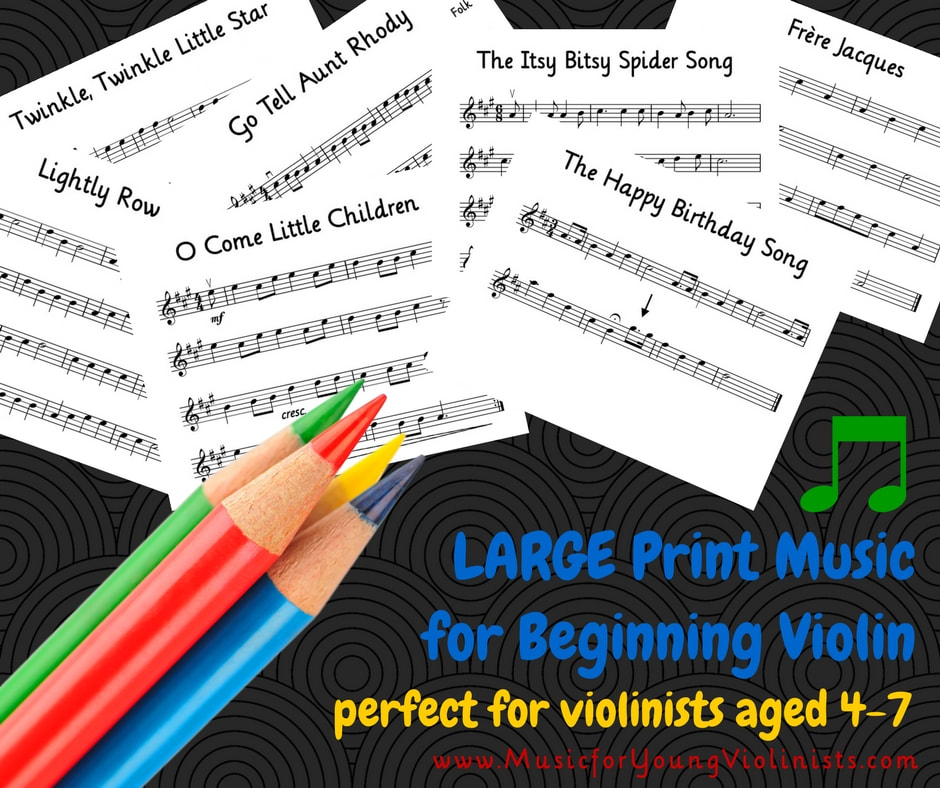
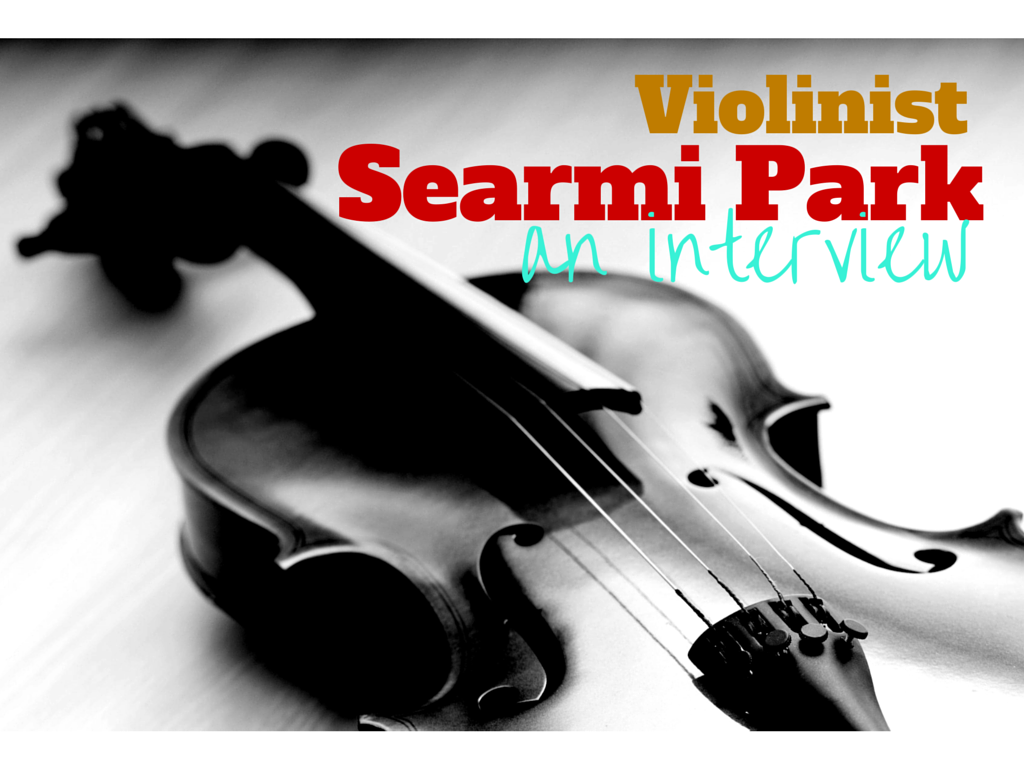
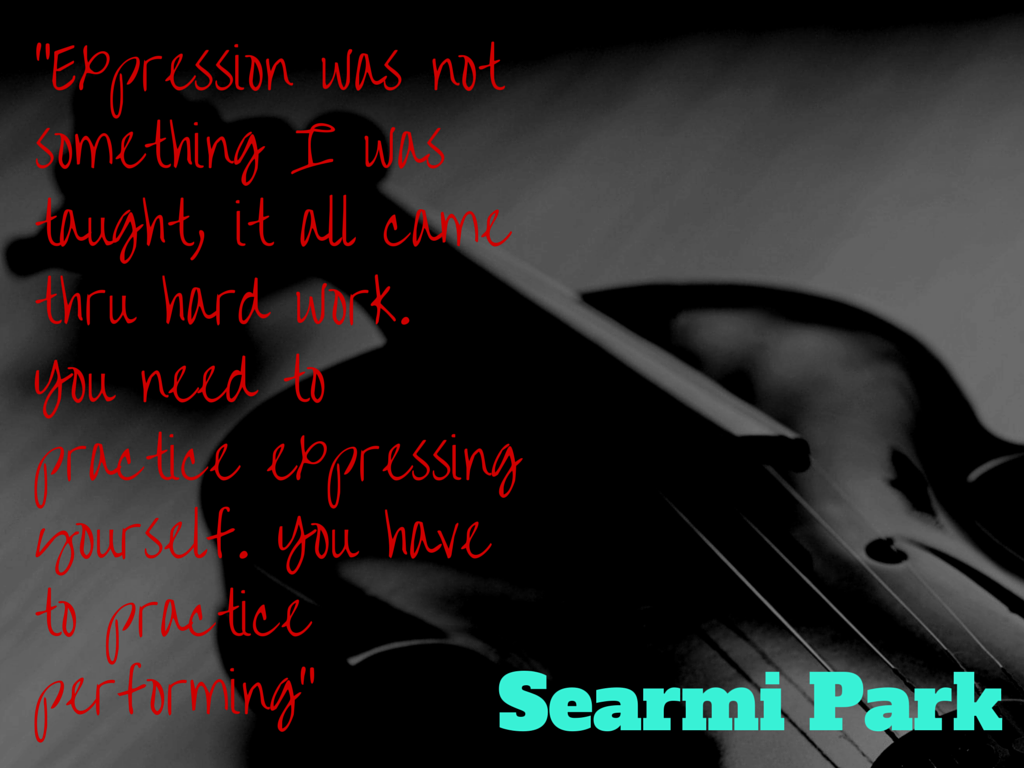
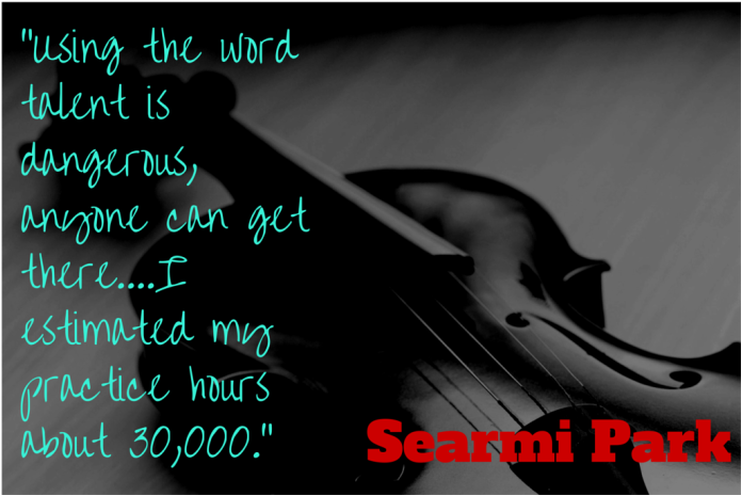
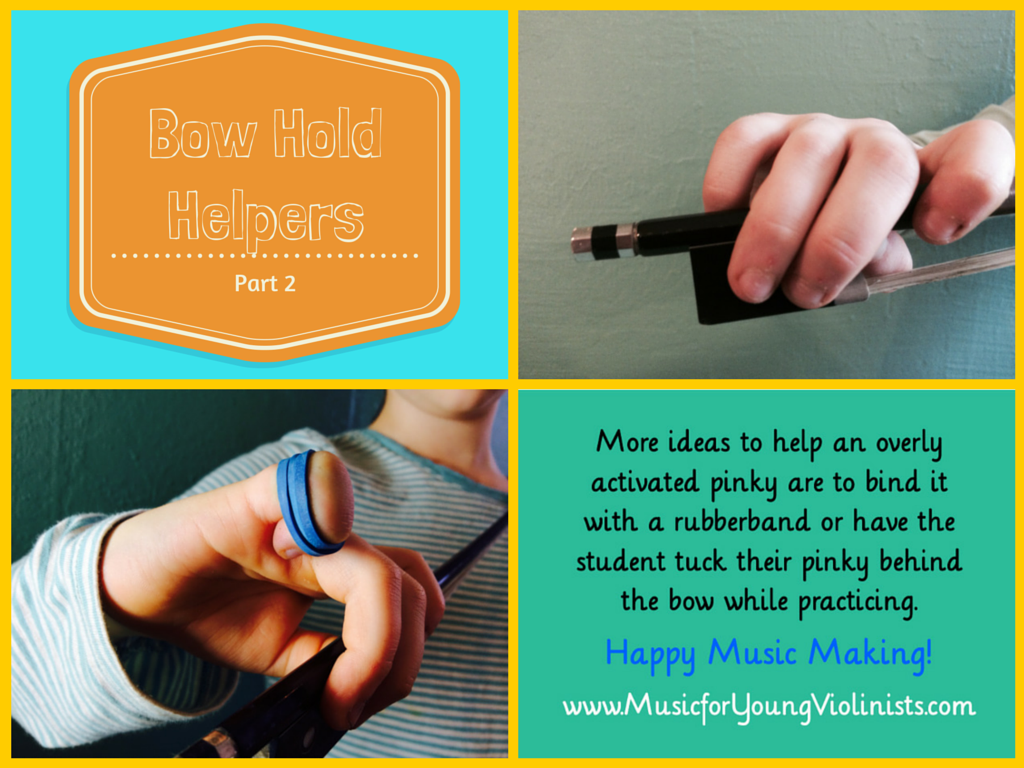
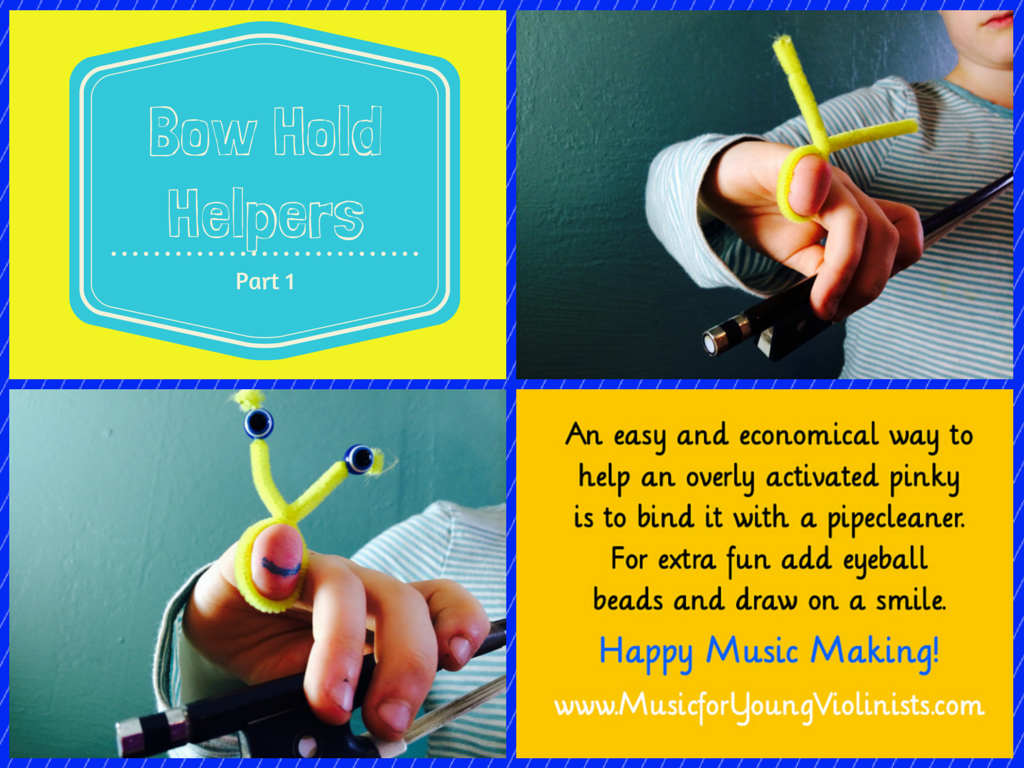
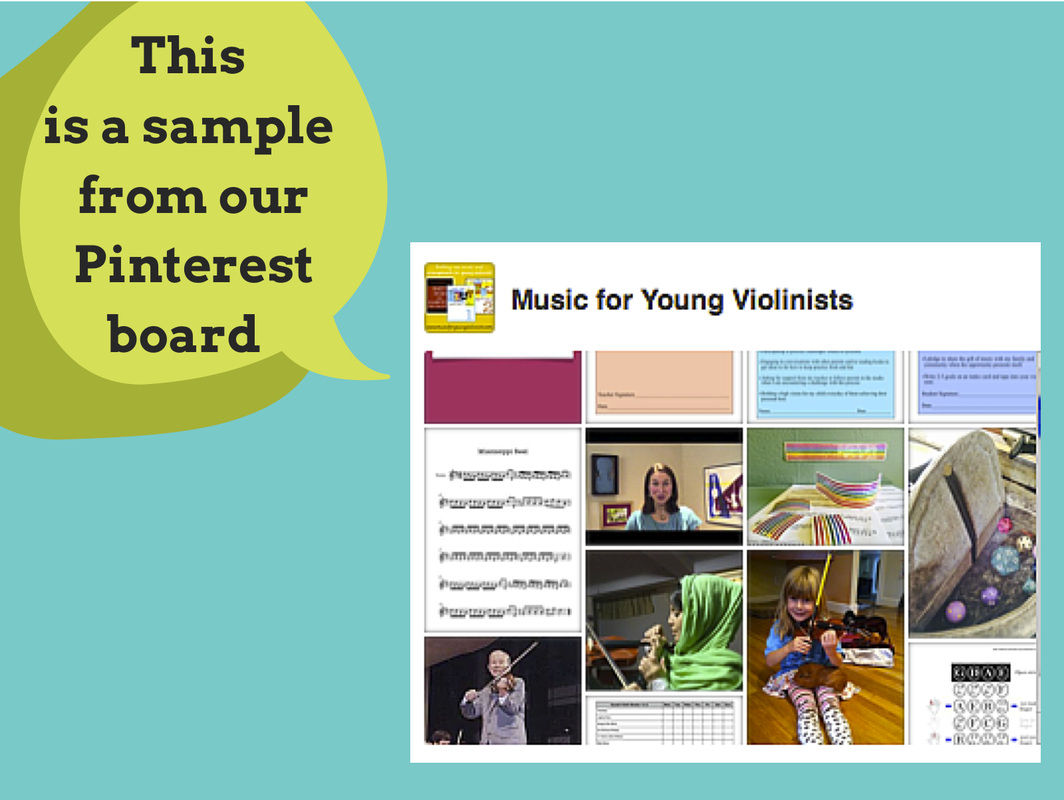
 RSS Feed
RSS Feed
